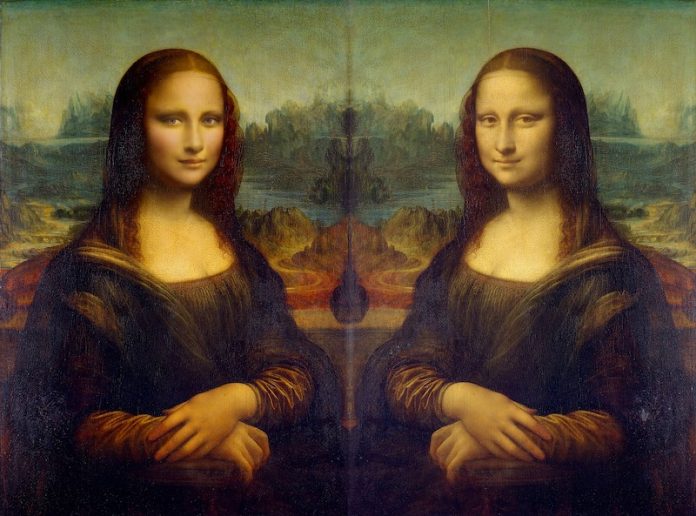
In a new study, researchers found that the reading problem (dyslexia) in da Vinci may contribute to his creativity and artistic skills.
Da Vinci is one of the most legendary artists, inventors and outside-the-box thinkers in history.
The research was conducted by a team from Thomas Jefferson University.
Dyslexia is a learning difference that affects about 1 in 5 people in the world.
People with dyslexia have difficulty reading even they have the intelligence, motivation, and opportunities necessary to learn.
The condition often impairs the ability to appreciate the individual sounds of a language. It can lead to problems in learning reading, writing, and spelling.
Previous research has shown that da Vinci might have been dyslexic. He did not do well in school.
He had did not pay much attention to his letters and was distracted by drawing.
The team found da Vinci’s lack of scholarly prowess might suggest the possibility of dyslexia.
In addition, da Vinci was a terrible speller. For example, he had many as nine different ways of writing the same word.
Da Vinci also had a habit of creating new words that sounded the same as the real word. Almost half of da Vinci’s misspellings are in fact homophonic non-words.
A recent analysis of six portraits of da Vinci’s face has suggested da Vinci might have also had misaligned eyes. The condition is also linked to dyslexia.
This misalignment forces the brain to use one eye over the other and, as a result, produces 2D vision.
The researchers suggest that having 2D vision might have made him a much more talented visual artist.
They also suggest that nowadays there are misconceptions about people with learning differences such as dyslexia.
Children who have trouble reading may drop out from schools much more easily than students who do not struggle with reading.
But people with dyslexia can be smart, creative and resourceful thinkers who draw on different parts of their brains to read than typical readers.
It is important not to label these children and penalize them for actually having a different brain.
One author of the study is Salvatore Mangione, MD, associate professor in the Department of Medicine at Sidney Kimmel Medical College.
The study is published in The American Journal of Medicine.
Copyright © 2019 Knowridge Science Report. All rights reserved.



